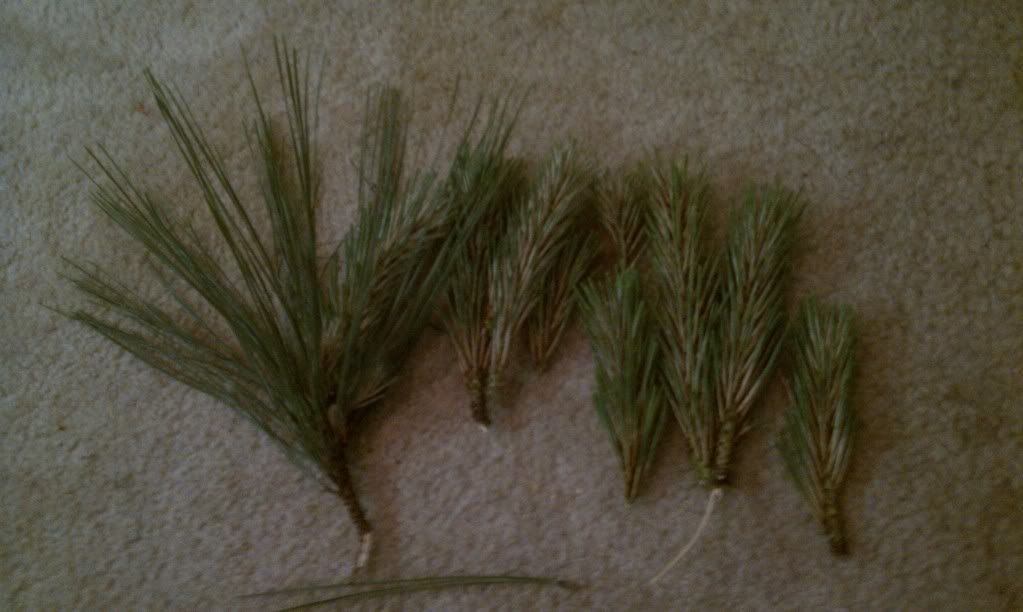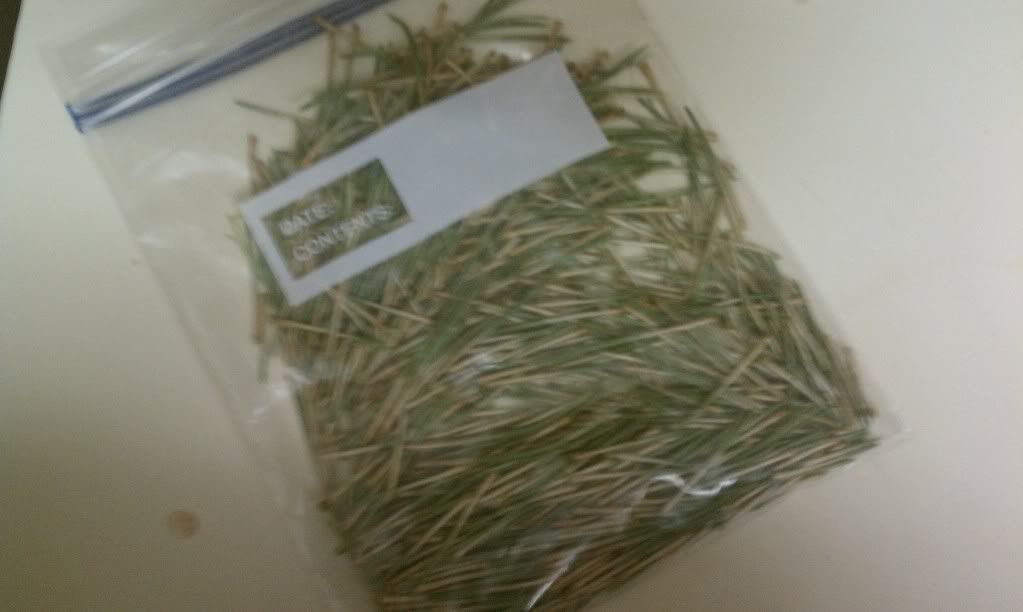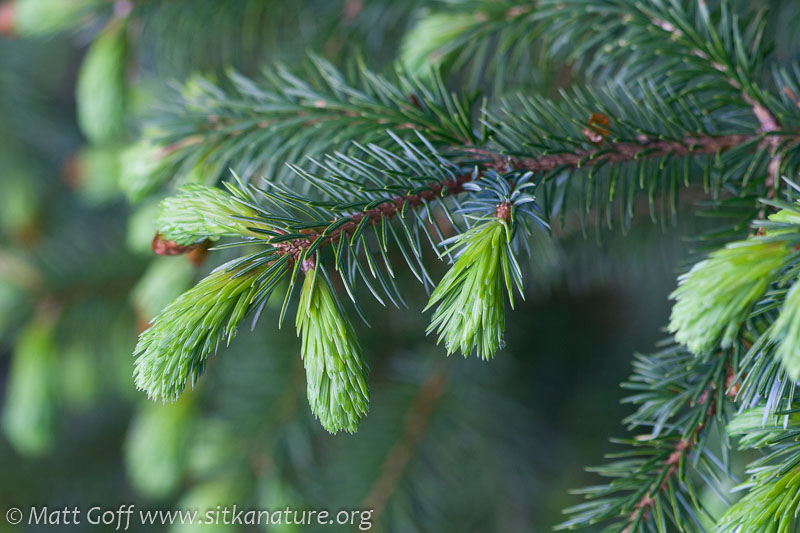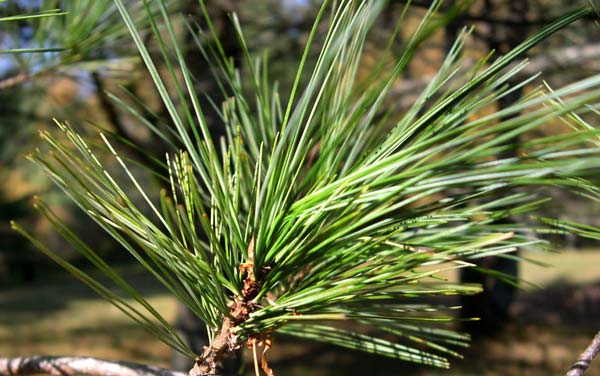the "Homebrewer's Garden" book says to use the soft new growth tips of the branches.
I can let you know tomorrow exactly how it says to use them
Edit: I found a few pages from the book on 'google books' but the exact page on using spruce is not shown in the book preview. However it does show a recipe for a spruce beer.
Here's the link here, but I don't know if it will work.
If it doesn't, here is the recipe:
"SPRUCE BEER
"Spruce beer was brewed during the American Revolution as a tonic for the troops, but it was a crude, molasses-based beverage with a strong piney flavor. This version is much more palatable, with spruce and molasses accents to recall its historic ancestry.
"Some brewers recommend the use of spruce essence in beer, but we'd rather use the real thing. Spruce essence is too strong except in minute doses, and you can easily end up with a beer that tastes like turpentine.
"YIELD: 5 gallons (19L) - Initial Gravity: 1.045-1.050 - Final Gravity: 1.012-1.018
1/2 pound (227g) crystal malt
1/3 pound (150g) roasted malt
1/3 pound (150g) chocolate malt
1/4 pound (112g) rye malt
1/4 pound (112g) black patent malt
6 pounds (2.7kg) Northwest dark malt extract syrup
1/2 cup (120ml) molasses
2 oz (55g) Hallertauer hops for bittering, AA 5%, HBU 10
1-4 oz (28-112g) spruce tips
1packet Whitbread ale yeast
2/3 cup (160ml) corn sugar for priming
1. Add the crushed malts to 1.5 gallons (6L) cold water and bring to a slow boil over 30 minutes. Strain and rinse with 0.5 gallon (2L) 170*F (77*C) water. Add the extract and molasses and return the mixture to a boil.
2. Add 2 ounces (56g) Hallertauer hops and spruce. Boil 60 minutes.
3. Strain hot wort into a fermenter containing 1.5 gallons (6L) of chilled water. Rinse with 0.5 gallon (2L) boiled water. Top up to 5 gallons (19L). Pitch yeast when wort cools to 70*F (21*C).
4. Ferment at ale temperatures (65 to 70*F, 18-21*C). Bottle with priming sugar when fermentation ceases (1 to 2 weeks).
5. Age 3 to 6 weeks before drinking.
~~~~~
ALL-GRAIN VERSION
7 pounds (3kg) Klages malt
1 pound (454g) wheat malt
1.25 pounds (560g) 60*L British crystal malt
1 pound (454g) roasted barley
0.5 pound (227g) black patent malt
Mash-in grains, stabilize at 153*F (67*C), and hold 90 minutes. Sparge at 170*F (67*C) and collect 5.5 gallons (21L) runoff. Proceed with recipe."
page 165
--"The Homebrewer's Garden: How to easily grow, prepare, and use your own hops, malts and brewing herbs"; Fisher, Joe and Dennis






























![Craft A Brew - Safale S-04 Dry Yeast - Fermentis - English Ale Dry Yeast - For English and American Ales and Hard Apple Ciders - Ingredients for Home Brewing - Beer Making Supplies - [1 Pack]](https://m.media-amazon.com/images/I/41fVGNh6JfL._SL500_.jpg)































